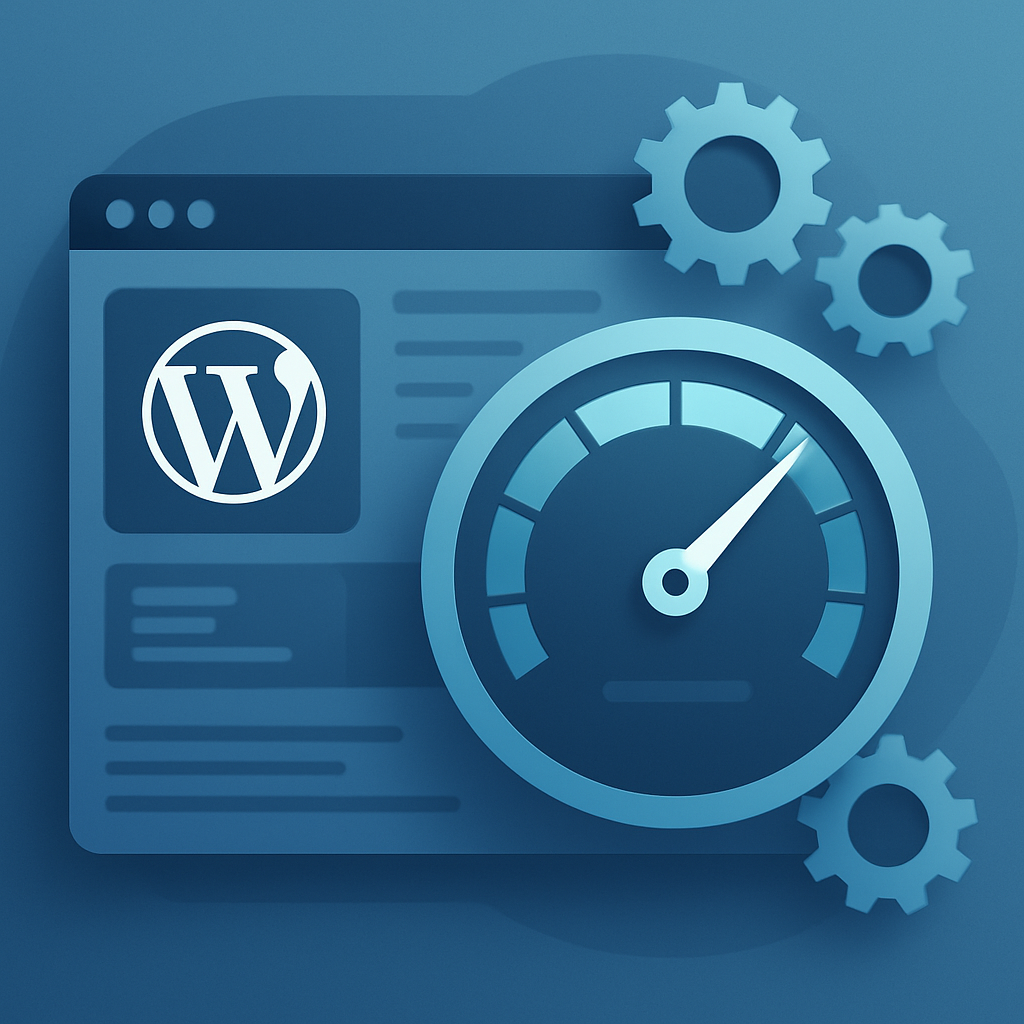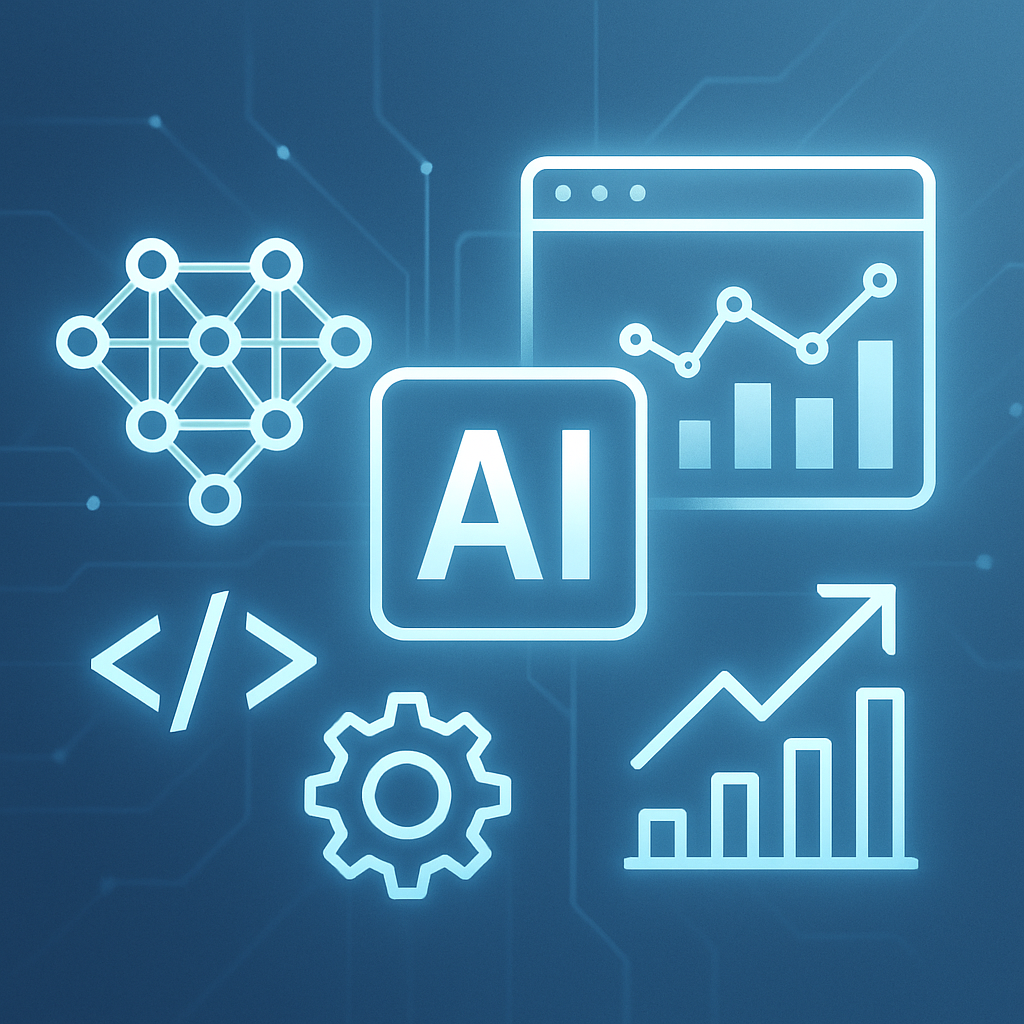
Maximizing Website Performance: Cutting-Edge WordPress Optimization in 2025
Understanding the New Landscape of WordPress Performance in 2025
WordPress remains the world’s most popular content management system, powering over 40% of all websites globally. Yet, as digital expectations soar, static optimization methods are no longer sufficient. The 2025 web demands dynamic strategies that merge speed, stability, and scalability with seamless user experience. This blog delves into advanced WordPress optimization techniques designed to help webmasters unlock peak performance in the modern digital arena.
Leveraging Modern Caching Strategies Beyond Basics
Caching has long been a foundational performance tactic, but 2025 ushers in an era of smarter cache control. Instead of merely static page caching, consider Edge-Side Includes (ESI) and Partial Caching techniques. ESI allows caching of static parts of a page separately from dynamic components, enhancing speed without compromising personalization.
Example: An e-commerce wordpress site can cache product details statically while dynamically updating cart contents and recommendations in real-time, offering blazing load times paired with tailored content.
Combine these with HTTP/3-based delivery from modern CDNs to minimize latency and boost responsiveness globally.
Adopting Headless WordPress Architectures for Scalability and Speed
Headless WordPress, where the front-end is decoupled from the WordPress back-end, is moving from experimental to mainstream in 2025. By leveraging frameworks like React, Vue, or Svelte for the front end and using WordPress purely as a content hub via REST API or GraphQL, developers can dramatically improve website speed and interactivity.
This architecture enables:
Faster load times: Front-end frameworks serve optimized JavaScript bundles and pre-rendered content.
Improved security: The decoupled front end limits direct attack surfaces on WordPress core files.
Flexible integrations: Easier syncing with headless commerce, CRM, or marketing cloud platforms.
Use case: News publishers adopting Next.js with WordPress back-end report up to 60% improvement in page speed scores and enhanced SEO results.
Harnessing AI-Powered Image and Media Optimization Tools
Media files frequently drag down site speed and user experience. Innovations in AI-powered image optimization now enable automatic resizing, format conversion, and content-aware compression without quality loss.
Emerging WordPress plugins employ machine learning to analyze image content and determine the optimal balance between size and fidelity. Beyond images, these tools extend to videos, automatically creating adaptive streams and thumbnails.
Example: Using AI-driven plugins that convert JPEGs to next-gen formats like AVIF on the fly, while deferring offscreen images and lazy-loading them intelligently, can yield sub-1-second page load times.
Implementing Selective Plugin Management and Custom Lightweight Alternatives
Plugin bloat remains a primary enemy of WordPress performance. However, 2025’s best practices emphasize selective plugin activation and building custom micro-plugins for key functionalities.
Techniques include:
Plugin Dependency Audits: Regular analysis to identify plugins that slow your site or are redundant.
Conditional Loading: Loading plugin scripts only on pages that require them using modern WordPress hooks or third-party libraries.
Custom Lightweight Plugins: Developing small, precise plugins with targeted features rather than multi-purpose heavy alternatives.
This approach minimizes resource usage, reduces conflicts, and empowers granular performance tuning.
Optimizing Database and Hosting Environment for WordPress in 2025
The backend infrastructure is just as crucial as front-end speed. Advances in hosting tech offer options tailored for WordPress performance:
Persistent Object Caching: Implement Redis or Memcached to cache database queries and PHP objects, massively reducing query times.
Database Optimization: Automated routines for cleaning revisions, transients, and orphaned entries prevent bloat that can degrade performance.
PHP 8.2 or Better: Updating to the latest PHP versions harnesses improved JIT compilation and performance enhancements native to the language.
Managed WordPress Hosting: Providers offering server-level caching, HTTP/3, Brotli compression, and optimized stacks tailored for WordPress deliver measurable benefits.
Utilizing Progressive Web App (PWA) Techniques with WordPress
PWAs bring app-like experiences to the web without sacrificing speed or accessibility. In 2025, WordPress developers can harness PWA features such as service workers, offline support, and push notifications to enhance performance and user engagement.
Integrating frameworks like Google's Workbox with WordPress enables:
Instant page loading with precached assets.
Offline access to previously visited pages.
Background sync for smooth data updates.
These capabilities deliver seamless site experiences that keep users engaged and increase conversions.
Advanced SEO and Performance Synergy
Modern WordPress optimization transcends raw speed metrics to include SEO-aware design:
Structured Data Integration: Generating clean schema markup automatically improves indexing while minimizing additional requests.
Core Web Vitals Focus: Prioritize metrics like Largest Contentful Paint (LCP) and Cumulative Layout Shift (CLS) with targeted optimizations to meet Google’s evolving benchmarks.
Automated AMP Implementations: Accelerated Mobile Pages tailored with selective JS loading and clean styling enhance mobile friendliness without bloated dependencies.
Creative Example: A Real-World Hybrid Optimization Strategy
Consider a boutique travel blog leveraging these advanced techniques:
Headless WordPress back end with Gatsby.js generating a static front-end enhanced by GraphQL data queries.
AI-based image optimizer plugin serving AVIF formatted photos, dramatically reducing media payload.
Redis object caching combined with scheduled database pruning ensuring smooth backend operations.
Service workers enabling offline access to top articles, increasing session duration on slow or unstable connections.
Selective plugin activation with custom-built plugins replacing bulky social sharing tools.
This multi-angle approach reduced page load time from 6.2 seconds to under 1.4 seconds, boosted mobile engagement by 50%, and significantly improved search rankings within 6 months.
Conclusion: The Future-Proof Path to WordPress Performance Excellence
Maximizing WordPress performance in 2025 demands integrating advanced technologies spanning backend infrastructure, front-end innovation, and intelligent automation tools. Moving beyond traditional caching and compression, embracing hybrid architectures like headless CMS, AI-driven media management, selective plugin craftsmanship, and PWA standards collectively form a modern performance playbook.
Website owners who innovate with these multifaceted optimizations will unlock unparalleled speed, security, and user experience, positioning their WordPress sites for success in an increasingly demanding digital world.




